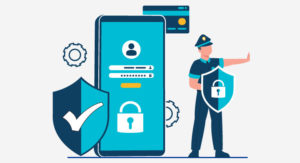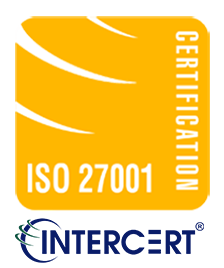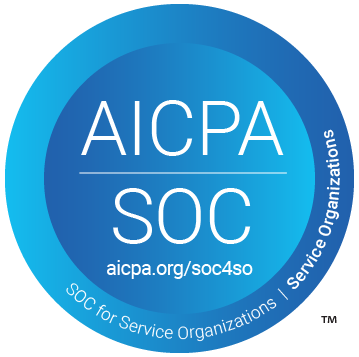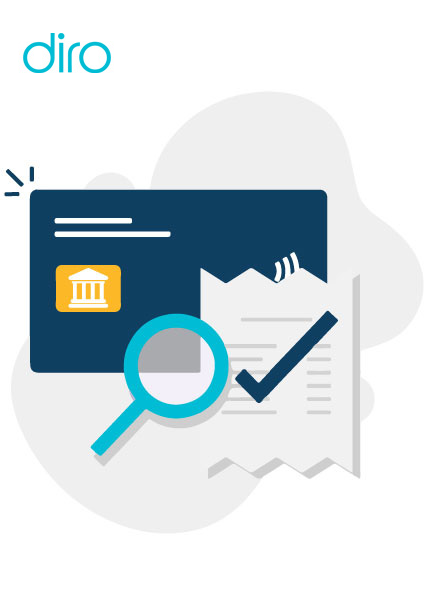Key Components of Business Verification Process
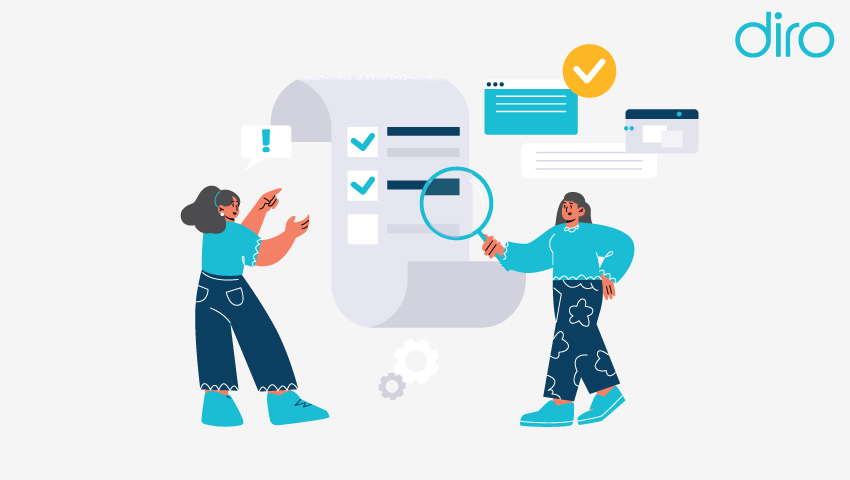
Business verification is crucial for institutions that onboard a lot of businesses. This process is crucial in preventing fraud cases and ensuring there’s regulatory compliance. For businesses in the financial and investment sectors, business verification becomes even more important.
If you combine the business verification process (KYB) with the latest verification technologies and AI, it becomes easier to prevent fraud.
In this guide, we’ll be breaking down key components that are needed for the business verification process.
What is Business Verification?
Business verification is the process of verifying the legitimacy and accuracy of a business’s information. Financial institutions, regulatory agencies, tech companies, government bodies, and other entities regularly conduct KYB checks before onboarding businesses.
To conduct KYB checks, there are a couple of key components that have to fall in place, such as –
- Collecting documentation
- Examining documents
- Onboarding businesses
- Continuous verification
Most businesses use third-party business verification services to quickly and seamlessly conduct KYB checks.
Key Components of Business Verification
Businesses that want to build a core business verification pipeline need to have a complete understanding of key components of business verification.
1. Collect Business Information
The first component of business verification is to collect business’s information. Common information include:
- Company registration documents
- Address documents
- Phone numbers
- UBO documents
Each company has different requirements for business verification, so the exact information required can change.
2. Verify Business Registration
The second component is to check whether the business is actually registered with a legal entity or not. Reviewing business registration documents makes it easy to prevent fraud. Business registration verification can be done by checking business information with a government registry or using a third-party verification service.
3. Check Business License
Once you’ve verified the business registration details, the next step is to check whether the business is authorized to operate in a specific location and has a license. If a business doesn’t have a legal operational license, it opens your business to the risk of fraud.
4. Conduct Sanctions & Watchlist Checks
Before onboarding a business, make sure that the business doesn’t have any sanctions imposed on it and isn’t under any watchlists. Double check the business information with sanctions and watchlists to confirm if the business isn’t conducting any illegal activities.
5. Verify Business Documents
Now comes the most important part of the business verification process, verifying the business documents. Businesses that have something to hide tend to tamper the documents and hide crucial information. Make sure that you thoroughly verify business documents before onboarding a business.
6. Conduct Continuous Checks
To ensure that everything stays on track while your business is partnered with other businesses, you need to conduct continuous checks. Continuous checks can help a business keep a track of increased risk of fraud.
Different Types of Business Verification Methods
There are different types of business verification methods that businesses can employ:
Video verification is a common method of verifying businesses, especially for new profiles and address changes. In video verification, businesses are required to share the business’s location, equipment, and proof of management.
2. Postcard Verification
Postcard verification is the process of sending a postcard to a business’s physical address with a verification code. Once the business receives the unique code, they enter it into their online portal or share it with the verifier to complete the verification.
Phone verification is generally ideal for long-standing, unclaimed listings. The phone verification process is when a business receives a call on the business’s registered phone number with a verification code.
4. Email Verification
Email verification is pretty much similar to phone verification and is used for unclaimed listings. An email with a verification link, unique code, or a password is sent to the business’s registered email address for verification.
Document verification although a legacy system is still a relevant method of business verification. With digitization, document verification tools can verify documents provided by businesses and reduce the risk of fraud by 100%.
Conclusion
The business verification process is built up on a couple of key pillars. Missing out even a single pillar of the KYB process can open the businesses to risk of fraud. Following KYB verification pillars can help businesses build their internal business verification pipeline.






